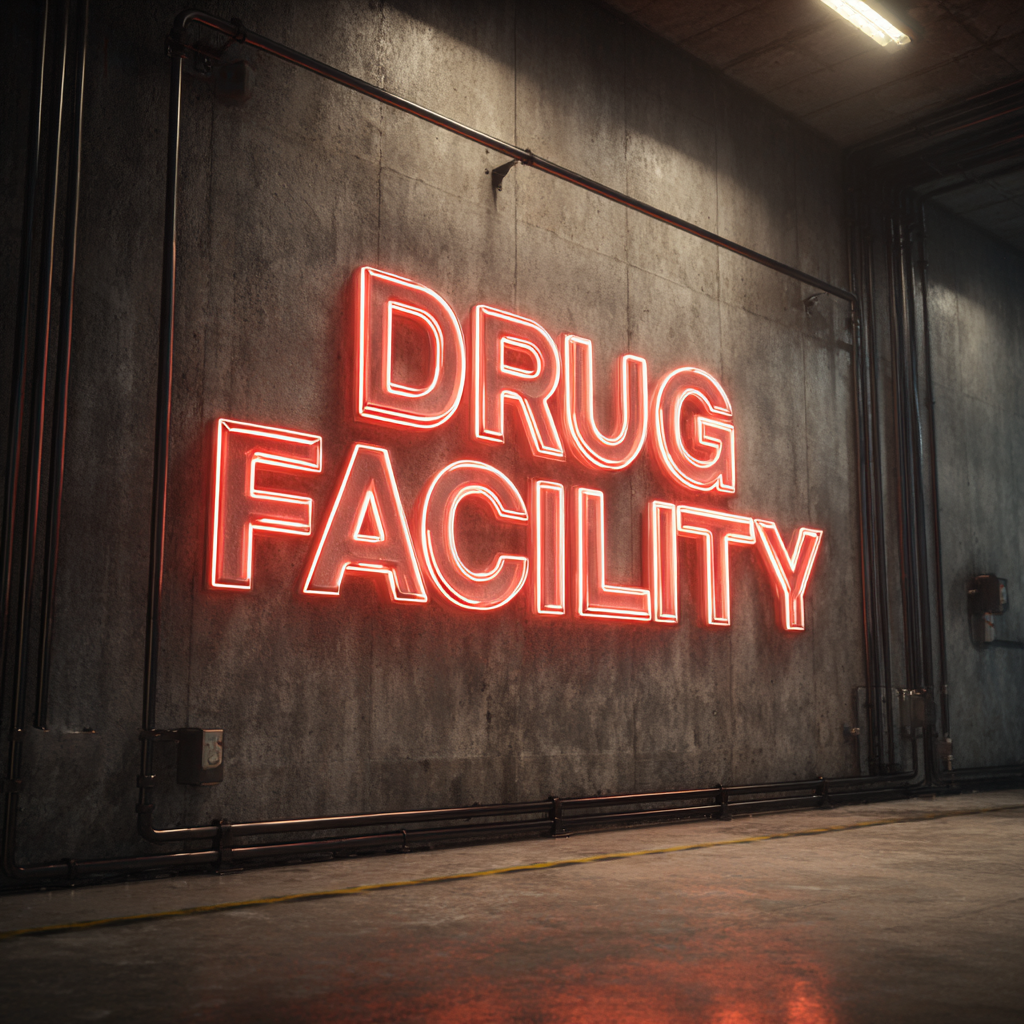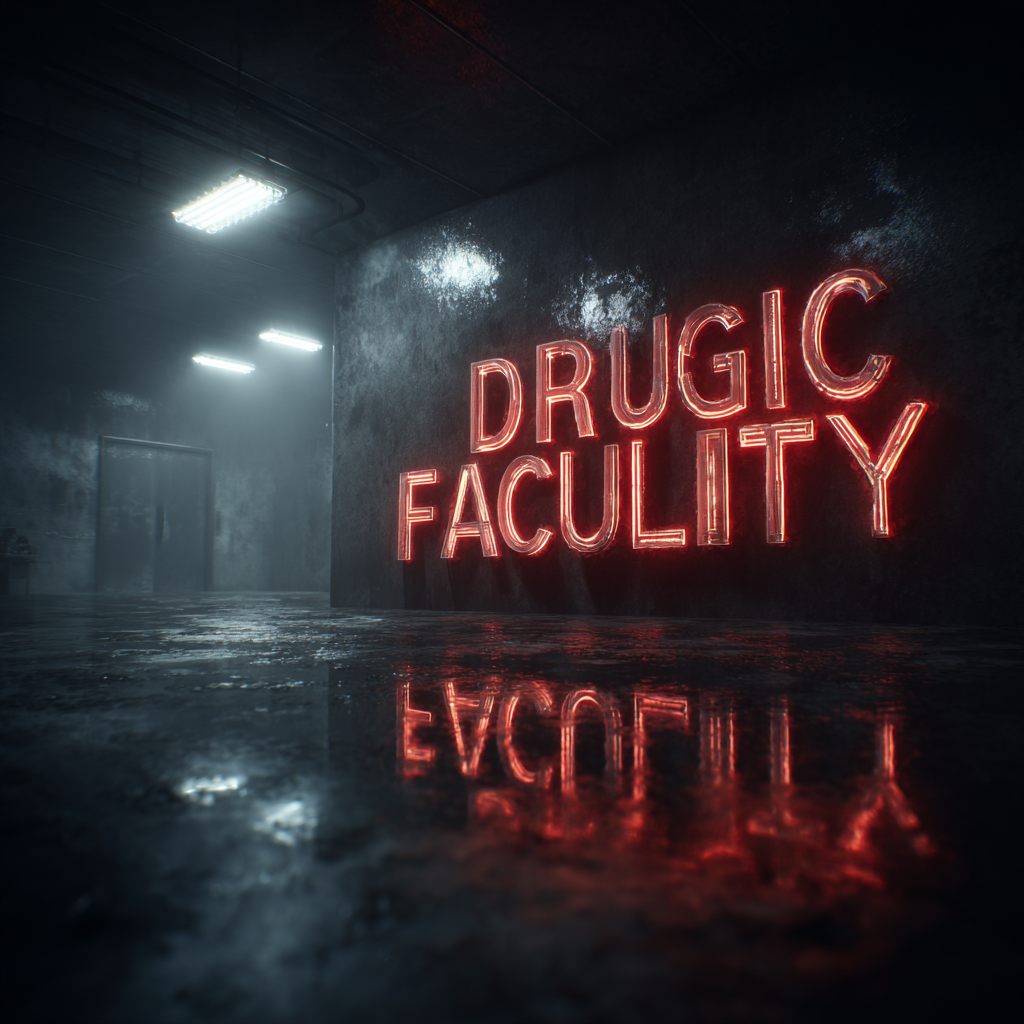In the evolving landscape of pharmaceutical procurement, selecting the right drug facility is paramount for global buyers aiming to ensure quality, compliance, and efficiency in their supply chains. The benefits of a strategically chosen drug facility extend beyond mere cost-effectiveness; they encompass enhanced product integrity, streamlined operations, and reduced regulatory risks. As international markets become increasingly interconnected, understanding the diverse capabilities and certifications of drug facilities allows buyers to mitigate potential challenges and capitalize on new opportunities. This blog will explore the essential benefits of mastering the selection process for drug facilities, empowering buyers with the knowledge needed to navigate this complex environment and ultimately drive their business success.

Selecting the right drug facility is crucial for global buyers, as it directly impacts the quality, efficacy, and compliance of pharmaceutical products. According to a report by the International Society for Pharmaceutical Engineering (ISPE), approximately 60% of drug recalls are attributed to manufacturing deficiencies. This staggering statistic underscores the importance of choosing facilities that adhere to stringent quality assurance protocols. Key selection criteria should include regulatory compliance, facility capabilities, and track record of past performances. A facility's adherence to Good Manufacturing Practice (GMP) regulations, as outlined by the FDA and EMA, is non-negotiable, as it ensures that the processes maintain the integrity and safety of drug production.
Furthermore, buyers must evaluate the technological advancements adopted by the facility. A study from PharmTech reveals that 74% of pharmaceutical companies are investing in automated processes to enhance efficiency and accuracy in drug manufacturing. This trend indicates that facilities equipped with advanced technologies not only uphold precision in production but also streamline operations, reducing time-to-market for critical therapeutic solutions. Ultimately, a comprehensive evaluation of these criteria will equip global buyers with the intelligence needed to make informed decisions when selecting drug manufacturing partners, ensuring that they meet both market demands and regulatory standards.

In the realm of pharmaceutical regulation, the contrasting frameworks of the FDA and EMA present unique challenges and opportunities for global buyers selecting drug facilities. Understanding the compliance standards set by these regulatory bodies is critical, particularly as advancements in artificial intelligence (AI) transform the landscape of drug development and regulation. AI enhances the ability to assess compliance, ensuring that facilities meet stringent quality assurance requirements, which is vital for maintaining data integrity and fostering innovation.
The recent emphasis on equivalence assessment—especially concerning topical drug products—exemplifies the evolving nature of regulations by both the EMA and FDA. As these agencies upgrade guidelines to accommodate advances in technology and drug formulation, buyers must navigate the nuances of regulatory compliance. Real-world evidence (RWE) is becoming increasingly significant in regulatory decision-making, helping authorities balance innovation with patient safety. By leveraging RWE, regulatory bodies can make more informed decisions, which ultimately shapes the landscape of drug approval and supports the commercialization of cutting-edge therapies.
This chart illustrates the compliance evaluation between FDA and EMA regulations across several key factors relevant to drug facility selection.
When selecting a drug manufacturing facility, global buyers must critically assess the manufacturing capabilities of potential partners. The first step is to evaluate the facility’s production capacity and efficiency. This includes understanding the technology and equipment utilized in the manufacturing process. High-quality facilities often leverage advanced technologies that not only enhance production efficiency but also ensure compliance with stringent regulatory standards. Buyers should delve into the facility's track record of meeting production timelines and handling various scales of manufacturing, from small batches to large-scale production runs.
In addition to production capabilities, technology integration plays a pivotal role in modern drug manufacturing. Facilities that employ integrated systems for data management, quality control, and supply chain logistics promote greater transparency and collaboration. Advanced technologies like automation, real-time monitoring, and AI-driven analytics are crucial for maintaining quality and consistency in drug production. Global buyers should prioritize partners who continuously invest in technology upgrades and demonstrate a commitment to innovation, ensuring that the manufacturing process remains competitive and adaptable to the ever-evolving pharmaceutical landscape.
| Facility Location | Manufacturing Capacity (Million Units) | Technology Adoption Level | Regulatory Compliance Status | Sustainability Practices |
|---|---|---|---|---|
| Europe | 10 | High | Fully Compliant | Implementing Recycling Program |
| Asia | 15 | Medium | Pending Certification | Using Solar Energy |
| North America | 20 | High | Fully Compliant | Carbon Neutral |
| South America | 5 | Low | Partially Compliant | Limited Initiatives |
| Africa | 8 | Medium | Compliance Under Review | Waste Reduction Programs |
The choice of drug facilities is a critical factor for global buyers, significantly influenced by the location. According to the Pharmaceutical Research and Manufacturers of America (PhRMA), logistics costs can account for up to 10% of the total drug production expenses. Thus, selecting a strategically located facility can enhance supply chain efficiency while minimizing these costs. For instance, firms that leverage local manufacturing capabilities can often reduce lead times and improve responsiveness to market demands, leading to a better competitive edge.

Moreover, geographical considerations play a substantial role in regulatory compliance and risk management. A report from the World Health Organization (WHO) highlights that 25% of drug recalls are attributed to shipping delays or poor storage conditions associated with facility location. By situating operations closer to key markets, companies can ensure better oversight of their products and compliance with regional regulations, ultimately safeguarding their brand and ensuring patient safety. As the global marketplace becomes more interconnected, understanding the impact of location on the supply chain will be paramount for drug manufacturers and buyers alike.
Strategic partnerships play a pivotal role in the intricate process of drug facility selection for global buyers. In an increasingly interconnected world, leveraging local knowledge can provide a significant competitive edge. Local partners possess deep insights into regional regulations, market dynamics, and cultural nuances that can impact the success of pharmaceutical ventures. By collaborating with local entities, global buyers can navigate the complexities of compliance and ensure that their drug development and distribution align smoothly with local expectations and requirements.
Moreover, these partnerships foster agility and responsiveness in the ever-evolving pharmaceutical landscape. Local experts are often attuned to emerging trends, potential barriers, and consumer preferences within their markets. This situational awareness enables global buyers to make informed decisions, optimize their supply chains, and tailor their products to meet local demands effectively. Emphasizing the importance of these relationships not only enhances operational efficiency but also drives better health outcomes for patients who depend on the products being developed and delivered. As the pharmaceutical industry continues to globalize, the ability to tap into local expertise through strategic partnerships will remain a key factor for success.
